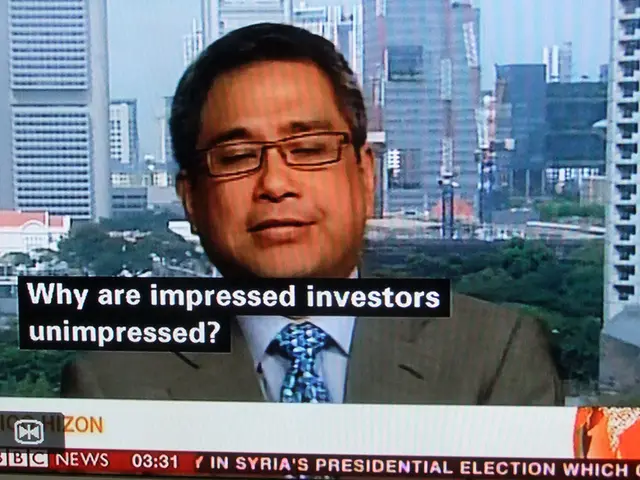Economic Prospects and Obstacles in Sustainable Development: An Analytical Review
In recent years, the green economy—an economic system that prioritizes environmental sustainability—has gained global traction. As environmental challenges escalate, more nations, corporations, and communities realize the importance of sustainable practices. A green economy seeks to minimize ecological damage, maintain biodiversity, and reduce pollution, while promoting economic development.
The green economy operates under several key principles. Renewable energy sources, such as solar, wind, hydro, and geothermal power, are emphasized to reduce carbon emissions and ecological footprint. Additionally, energy efficiency is crucial, with the adoption of technologies and practices that cut down greenhouse gas emissions, such as energy-efficient machinery and insulation. Circular-economy principles are integral, promoting the reusability of materials and minimizing waste through recycling and composting.
Transitioning to a green economy presents a range of economic opportunities. The renewable energy sector creates jobs, from installation and maintenance to manufacturing. Sustainable agriculture and fisheries also offer potential, as organic farming and water stewardship provide access to niche markets that pay premiums for environmentally friendly goods. Green infrastructure development, such as public transportation and electric vehicle networks, reduces emissions and boosts related economic activities.
However, a green economy transition faces challenges. Initial capital expenditure required for renewable energy infrastructure and green construction can deter businesses, especially small and medium-sized enterprises. A skilled workforce is needed, necessitating robust education and training programs to prepare the workforce for emerging technologies and sustainable practices. Policy and regulatory challenges also loom large, with the need for clear, consistent, and supportive policies to ensure the success of a green economy.
Success stories such as Denmark's lead in wind energy production and Costa Rica's reliance on renewable electricity demonstrate the potential of a green economy. Lessons learned emphasize long-term strategic planning, multi-stakeholder collaboration, and continuous innovation as key to overcoming challenges and harnessing the full potential of a green economy.
Technological advancements are vital in propelling the green economy. Innovations in renewable energy technologies, smart grids, and bioinformatics help minimize costs, improve efficiency, and drive sustainability. However, these advances need to be matched with strategic policy interventions for a successful transition.
To fully realize the potential of a green economy, policymakers can implement key recommendations. These include political commitment, supportive legal and regulatory frameworks, implementation of financial instruments, technological advancements, human capital development, appropriate institutional setup, shared language and public awareness, and regular regulatory evaluation. By overcoming challenges through social justice, economic resilience, and international collaboration, a sustainable future can be achieved, balancing economic growth and environmental responsibility.
- The government plays a crucial role in propelling the green economy by implementing financial instruments, such as subsidies for renewable energy, and by enacting supportive legal and regulatory frameworks that encourage sustainable practices.
- To address the skill gap in the green economy, the government should invest in education and training programs to cultivate a workforce capable of adopting emerging technologies and sustainable practices, ensuring a smooth transition towards environmental science and technological advancements.








